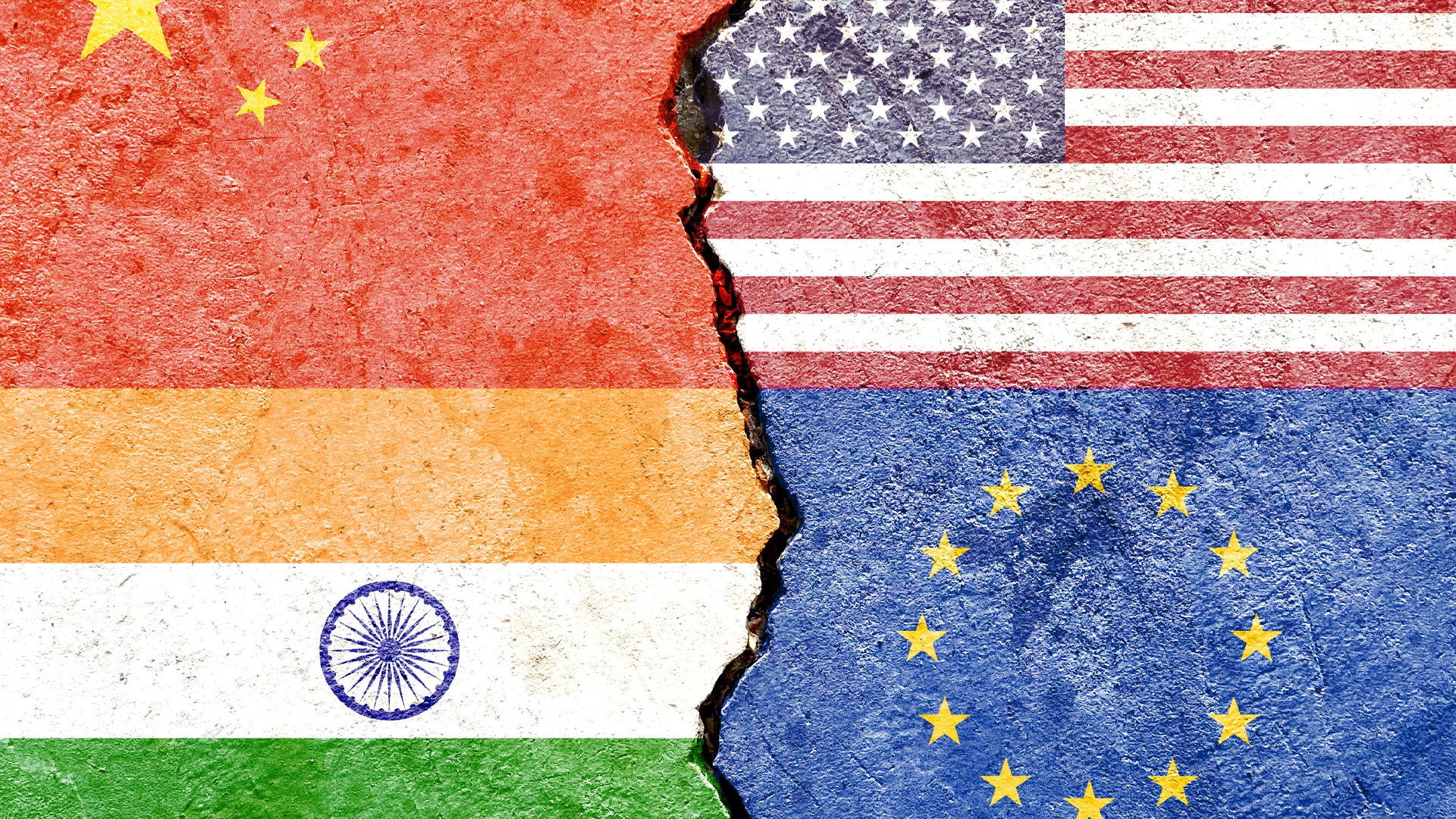
Roberts’ formulation: an enhanced, complex and geographically expansive political formation that is the next political evolution past the mega-polities we called “empire” and one which is better tooled to the challenges of the 21st century.
Roberts suggests that superstates constitute increasingly complex societies marked by new technologies and population sizes that would be nearly impossible to fathom at the outset of the Westphalian state system.
In essence, the ethno/cultural heterogeneity, technological complexity and vast geography marking superstates constitute a radical departure from what the creators of the state could have imagined when designing the state system.
For (lifelong) students of public administration, Superstates offers clever insights about the conduct of public administration. Like Canada, these superstates are prone to crisis management over proactive government and are intrinsically unstable formations regularly preoccupied with the prospects of their own demise.
They grapple with the defects and common traits of large organizational structures and bureaucracies needed to rule such large polities, They struggle with achieving a balance between local subsidiarity (tolerance of decentralized response) and centralized control.
According to Roberts, superstates find themselves swinging back and forth between the extremes of centralized control and decentralisation, trying to avoid being overwhelmed by the complexity of too much decision-making at the centre while retaining sufficient direct control to remain relevant.
The difficulties in mustering a decisive response to the 2022 trucker convoy protest in Ottawa raised by the Rouleau Commission is a recent case in point.
Superstates and countries like Canada face a mix of ingredients that make it hard to govern and are therefore marked by intrinsic instability, a balancing act to keep the shared political endeavour afloat.
Roberts points to a shared creed as being key to maintaining cohesion. Creed is what allows the public administration to act nimbly and decisively, tacking course responsively as conditions require with a shared understanding of the broad objectives of the political community.
Creed is not a form of nationalism or intolerance but rather a shared common vision that is constructive and creates allegiances to modern state formations, building cohesion that can be deployed in the pursuit of common objectives.
The growing obsolescence of nationalism in favour of something “lighter” by way of shared values is a very familiar concept in Canada. Prime Minister Justin Trudeau described this country as “the first post-national country” in 2015.
But “first” doesn’t mean “best,” Roberts explains. “That description is stating a negative, it’s weak as a common creed because it’s not affirmative.” In other words, a common bond defined largely by what it is not is an insufficient starting point for a functional creed.
Perhaps the most empowering lesson from Superstates is that the concern about Canada’s fragility is neither uncommon nor unhealthy.
“The intrinsic instability of superstates is not a solvable problem, but it’s manageable. It’s a chronic condition. Constant attention to the prospects of disintegration has always been a characteristic in Canada. The first step to solving the problem is a recognition of its existence. It’s about managing fragility,” Roberts told me.
This trepidation is characteristic of Canadian approaches to governing – although a line must be drawn before decision-making paralysis takes over.
It is a timely question for practitioners and academic observers alike, especially with the move to digital government. This reinvents the “how” of government through the use of technology, management approaches and digital-by-default tools that result in a more responsive public administration.
It’s a hard concept to oppose. Much of the discussion regarding its implementation has focused on its origins and operationalization, rather than how this could affect statehood and public administration.
Cutting $15 billion from the public service is one thing. Reform is something else.
If spending is out of control, why are important federal services underfunded?
Superstates examines this important subject, raising questions about the use of AI in government as a way to eliminate the problem of overwhelming complexity. Or, as another example, do instantaneous remote government operations throughout the country provide a pathway for sidestepping the dichotomy of central control versus local subsidiarity?
Overall, Superstates offers practitioners lessons about diffusion of control, adaptability of government and evolution of statecraft while providing meaningful theoretical context. It also makes important connections between tactical issues of public administration and the longer-term implications for its nature and structure.
It gives public servants an opportunity to consider how their work affects high-order issues of governance – a habit of excellence which would be good for all of us to adopt.









